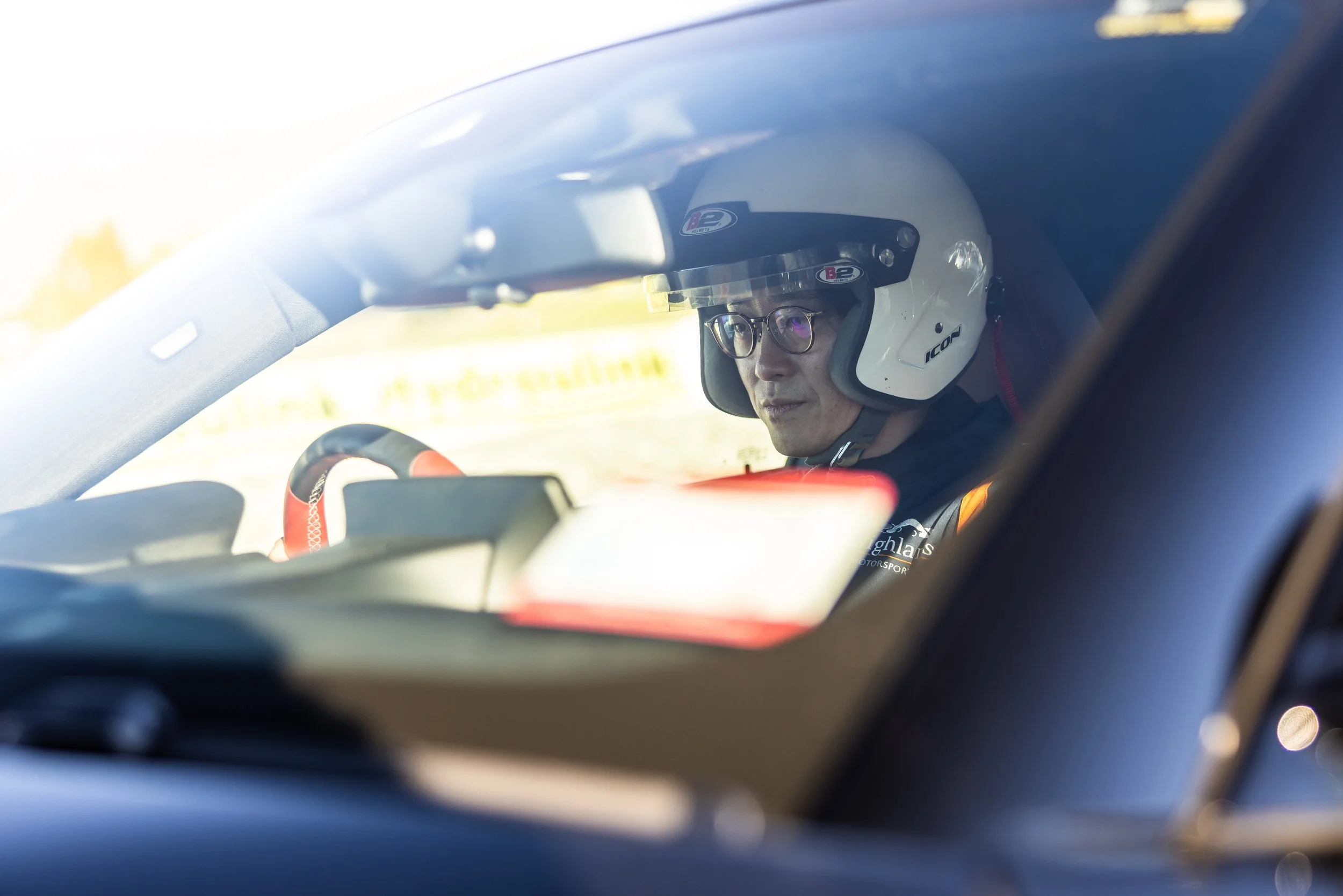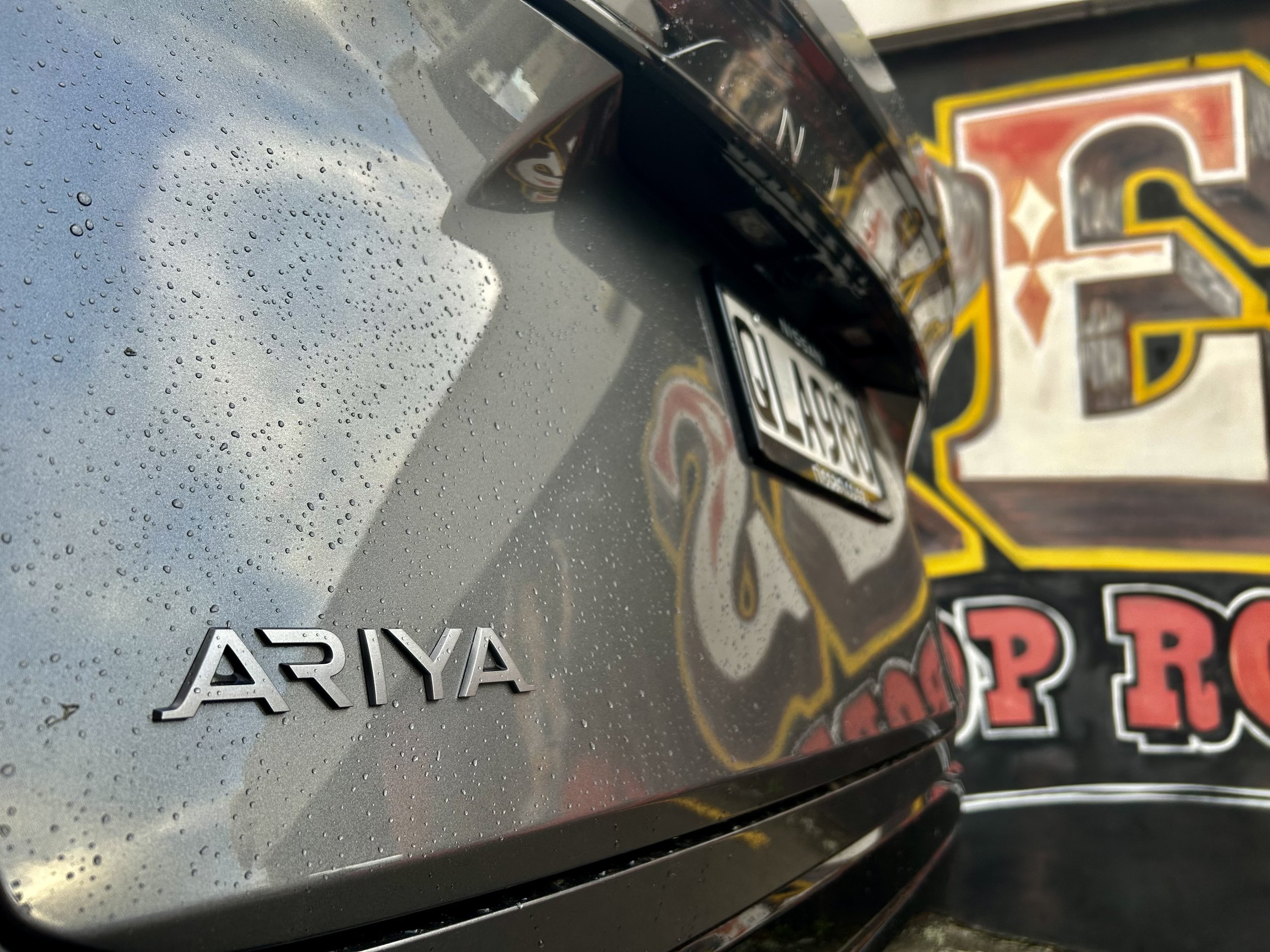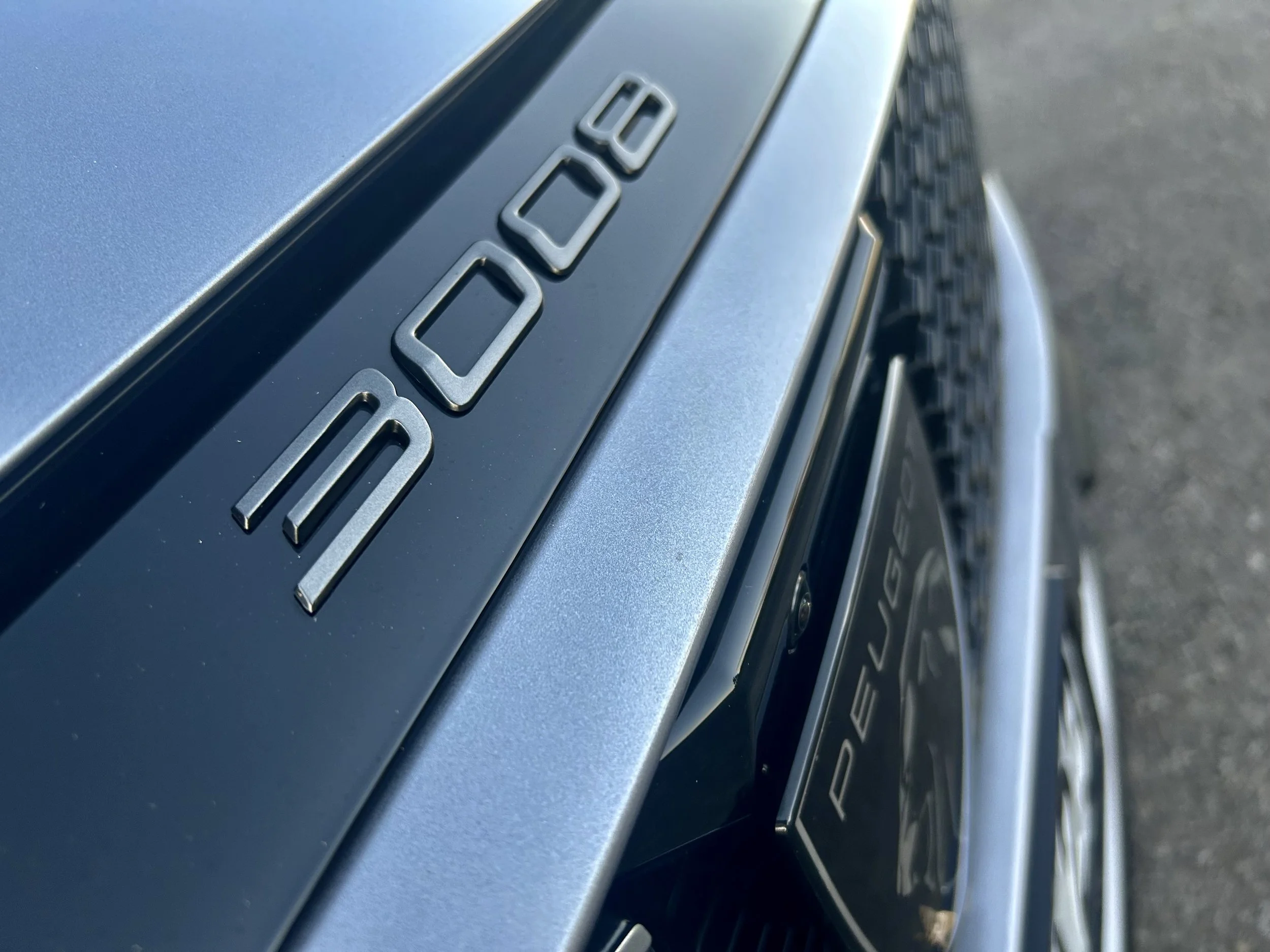Slippery customers: Highly aero A6, S6 e-trons unveiled
/Sharp looking Avant wagon and Sportback set to sit alongside Q6 sports utility. They’re here in mid-2025.
DWINDLING interest in electric cars just now, most evident in New Zealand where current take-up is around 28 percent of last year’s volume, might be of concern to Audi, but it keeps plugging on nonetheless.
Latest in the electric car rollout that was well cemented before the market started to sour is this A6 e-tron, the long-awaited all-electric replacement for the old A6 and a car which will be sold as a five-door Sportback, an Avant estate and a high-performance S6 e-tron.
Bearing obvious familial similarity to the higher-standing Q6 e-tron sports utility vehicle that unveiled earlier this year, this model is a starter for New Zealand, but not until mid-2025, the Auckland-centred national distributor said today. The full model choice and pricing will be released closer to release.
This programme marks a new direction for A6 as those fossil fuel-reliant formats we’ve known are now consigned to history - sort of. There will be like-sized combustion products, but designated as A7 and S7 (the culture now being for odd numbered product being combustion, even-numbered electric). The past formats have overall had their peaks and troughs, but overall been a bit of a sleeper here, though the barnstorming RS edition has created its own comfy niche. An electric equivalent of that hotshot is under development.
Also likely to be steering local Audi consideration in respect to A6 e-tron is that BMW New Zealand has the direct competitor i5 full electric sedan already here, and will soon add the i5 Touring, while Mercedes Benz has the EQE.
Even though Audi’s big international unveiling only occurred overnight, thought you’ve already seen the A6 e-tron before is valid; the production models take very strong inspiration from a concept version released back in 2021.
One design feature that carries through are the headlights … that aren’t. The smart-looking slim, higher-set clusters are not the main form of forward illumination but actually the daytime running lamps.
The main headlights sit below. This is a look which most Audis will adopt going forward and it’s a departure from the company’s former one-piece items. Those main lamps are LEDs (the tail lights are OLED) and owners have eight signatures to play with, including one where tail lights ‘twinkle’, as their individual triangular elements glow through orange to dark red.
The A6 e-tron Sportback looks to be a slippery customer, right? Actually, it’s the most aerodynamic production Audi of all time.
A low ride height and smooth roofline coupled with active and hidden airflow aids result in a coefficient of drag of 0.21 - which is not only the best for any Audi so far, but will also make it the most aerodynamic model in the entire Volkswagen Group. The Avanthasn’t quite the same aerodynamic edge, though with a coefficient of drag of 0.24 it is still best-in-class for wagons of a similar type, according to Audi.
The interior’s most striking feature is a huge MMI Panoramic Display, just like that in the Q6 e-tron SUV. The main 14.5-inch central touchscreen and the 11.9-inch Audi Virtual Cockpit instrument cluster are housed together in one wide-ranging construct that takes up most of the dashboard.
A 10.9-inch front passenger display will be offered to sit alongside it. The S6 versions seem set to take an augmented reality head-up display as well.
Like Q6 e-tron, this car sits on the Premium Platform Electric (PPE) and has the same drivetrain choices: A 100kWh battery pack, 94.9kWh of which is usable, provides enough energy for the A6 e-tron Sportback to have an official range in excess of 750km, while the Avant can go more than 720km.
For performance, the A6 e-tron has up to 273kW, which’ll allow it to go from 0-100kmh in 5.4 seconds and on to a top speed of 210kmh. The S6 is of course more potent, with 375kW nominally and then 410kW with launch control - it ships through 0-100kmh in 3.9 seconds and tops out at 240kmh. The S6 e-tron Sportback will travel 670km-plus to a charge and the Avant is reduced to around 640km.
PPE is an advanced 800-volt electrical architecture and lends a maximum replenishment rate of 270kW. This allows it to go from 10 to 80 percent charge in just 21 minutes at its fastest, but a clever system detects if the charging station is on 400-volt technology, then splits the battery into two ‘banks’, each with a voltage of 400. They can then be charged in parallel at up to 135kW. AC charging is, for now, capped at 11kW.
In respect to chassis tech, the car has regenerative braking so powerful it can manage 95 percent of the deceleration processes the car will encounter in everyday driving, while it can also recuperate up to 220kW of otherwise-lost energy. Like other e-trons, it uses an integrated brake system to blend regenerative and friction braking phases together as smoothly as possible.
Weights have yet to be shared, but that Audi has set up the suspension with a ‘directly tuned’ front axle to make the car feel agile in the corners is a pointer to how mindful it is of kilo count. The suspension features adaptive dampers, with full adaptive air springs as an option - it can lower the body of the car by another 20mm on the move to increase driving range further.





















